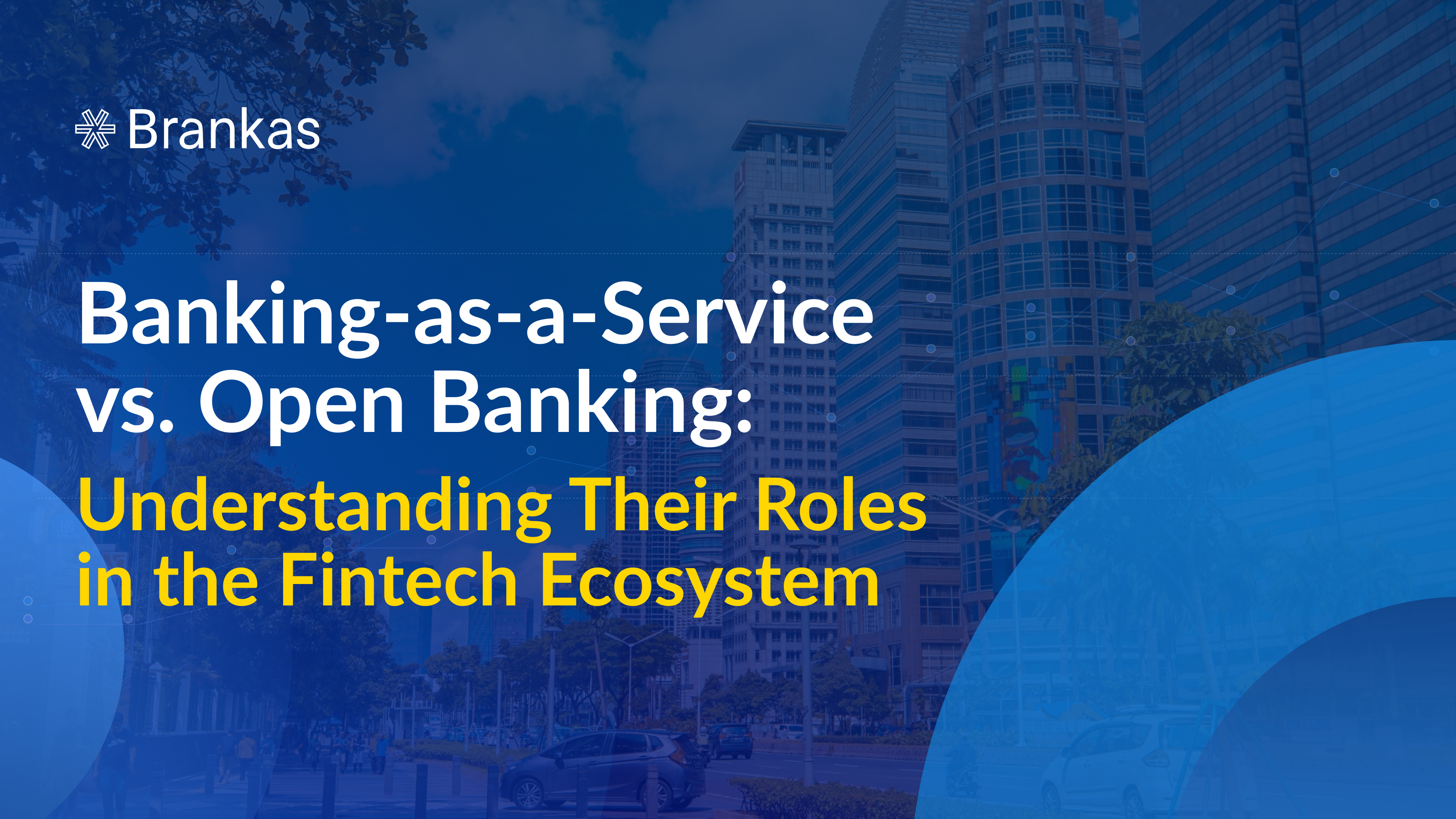Open banking and Banking-as-a-Service are both common terms used in the open finance ecosystem. While both involve the use of application programming interfaces (APIs), they have distinct differences in terms of their scope and role. This blog aims to define BaaS vs. open banking, and why knowing their key characteristics matters.
What is Open Banking?
Open banking is a financial system in which banks securely exchange client information with third-party providers (such as fintech apps and other financial services) using application programming interfaces (APIs). This means that, with client permission, firms can use banking data to develop more personalized financial products.
Consider using a financial management tool that compiles all your bank account information in one location, allowing you to track costs, budget, and even discover better financial solutions. That is open banking in action: it gives consumers more control over their funds while also stimulating business innovation.
How It Works: The Role of APIs
APIs are the technology that enables open banking. They serve as secure bridges, allowing various systems to communicate without disclosing critical information.
For example, fintech software that assists users in managing their expenditures may use open banking APIs to access a person’s bank transactions (with permission, of course). The software then analyzes spending habits to deliver individualized financial insights.
Without APIs, banks and fintech companies would have to rely on outdated techniques such as screen scraping (which is riskier and less reliable). APIs speed up data sharing, make it more secure, and allow for greater customization.
Benefits of Open Banking
Open banking isn’t just a buzzword; it’s a game-changer for both consumers and businesses. Here’s how:
For Consumers
1. More Options and Better Services
Traditional banking frequently confines users to the products and services provided by their particular bank. Third-party providers can use open banking to offer specialized financial solutions, giving consumers more options like budgeting apps or more favorable lending and investment opportunities.
Instead of being confined to your bank’s credit card offers, consider using an app that analyzes your spending history and provides the best deals from multiple banks.

2. Transparency and Control
Open banking gives people more control over their financial data. They can select which services to share their banking information with and compare financial products more easily. Mortgage comparison websites, for example, may securely access your financial information and display specific loan choices in real-time, taking the guesswork out of critical financial decisions.
This level of transparency allows consumers to make informed decisions while avoiding hidden costs or unfavorable terms.
3. Convenient and Seamless Financial Management
It’s no longer necessary to manually track costs across several financial apps. Open banking enables customers to connect many accounts in one place, making budgeting, payments, and financial planning much easier.
Personal finance apps that automatically categorize transactions are an excellent example, as they provide users with insights into their spending habits and assist them in setting realistic savings goals.
For Businesses
1. New Revenue Streams and Business Models
Banks can monetize API access by providing premium services to fintech firms and businesses. Instead of perceiving fintech firms as competitors, banks can develop partnerships to generate new revenue through data-sharing agreements.
2. Enhanced Efficiency and Reduced Costs
Open banking in financial services eliminates reliance on inefficient manual processes. This allows companies to streamline their operations and cut expenses. Businesses that require regular payments, such as subscription services, can use open banking APIs to conduct direct bank-to-bank transactions, reducing credit card processing fees and payment failures. Financial institutions can also automate compliance and risk assessments to relieve the administrative burden of human verification checks.
3. Collaboration and Innovation
Open banking promotes collaboration among traditional banks, fintech companies, and third-party developers. This fosters speedier innovation, leading to improved financial goods and services. For example, fintech startups can use open banking to create AI-powered financial consulting products, while banks can integrate these technologies to improve their own offerings without having to start from scratch.
What is Banking-as-a-Service?
Banking as a Service (BaaS) is a business model in which licensed banks offer their digital banking infrastructure to non-bank enterprises via APIs. This enables businesses, like fintech startups, e-commerce platforms, or even traditional retailers, to effortlessly integrate financial services such as payments, loans, or account management into their offerings without becoming banks themselves.
Why Did BaaS Emerge?
The advent of digital finance has produced an increased need for firms to provide banking-like services without the complexity, expenses, and regulatory restrictions associated with establishing a regulated financial institution. Companies want to improve their customer experience by offering services such as embedded payments, instant loans, and branded debit cards. However, setting up a bank from scratch was unrealistic and difficult, especially for fintechs or companies without the necessary resources.
BaaS solves this challenge by allowing businesses to “rent” banking services from established financial institutions. This means that an e-commerce store may provide its customers with various payment options, all powered by a bank in the background.
Essentially, BaaS removes barriers to innovation so that both businesses and customers have frictionless financial interactions.

Comparing Open Banking vs. Banking-as-a-Service (BaaS)
While the two concepts overlap in some respects, the key difference between banking-as-a-service and open banking lies in their application. Here’s a closer look at banking-as-a-service vs. open banking:
Role and Function of Open Banking
Open banking allows third-party providers, such as fintech apps, to securely access financial data via APIs. It enables customers to connect their bank accounts to external services for improved financial management, payments, and product comparisons.
Role and Function of BaaS
BaaS, on the other hand, enables businesses to integrate complete banking capabilities (such as account creation, payments, and loans) into their own platforms, thereby providing banking services without becoming a bank.
Key Takeaway
Open banking is about connectivity. It gives third parties access to banking data. BaaS works the other way around. It allows businesses to integrate full banking functions into their platforms. Both models encourage innovation and competition in the fintech ecosystem. The primary distinction between the APIs used in open banking and BaaS is the extent to which each API can be incorporated and the role they play.
BaaS APIs, for example, can access an account’s entire lifecycle, from creation to retrieving transactions and making payments. BaaS APIs are even used to open and terminate accounts.
In contrast, an open banking API is only involved in one stage of the life cycle: receiving transaction and balance data from a customer’s account. It has no involvement in opening or terminating accounts.
Essentially, BaaS offers a more comprehensive banking service, allowing fintechs to appear and function like licensed banks. Open banking, however, does not present as a bank but rather a financial business that connects with banks.
Harness BaaS with the Brankas API Suite
While open banking and banking-as-a-service operate with different mechanisms and levels of integration, they both share the ultimate goal of achieving financial inclusion and bolstering innovation. To truly unlock the potential of modern financial services and ensure open finance accessibility, businesses need a comprehensive open banking solution.
That’s where Brankas comes in. As the #1 open finance platform in APAC and MENA, Brankas offers a full suite of Banking-as-a-Service products that can help you build any financial use case, from digital banking and payments to lending and more.
Try Brankas for free today and experience the power of a market-leading, fully compliant open finance platform developed for developers, by developers.
